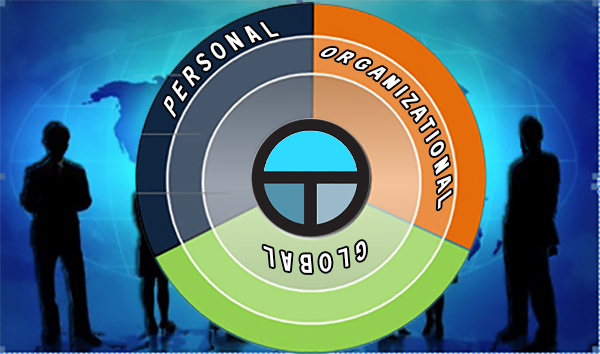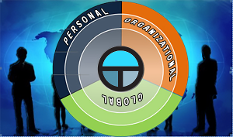

High Levels of Trust create better working environments, lower risk and compliance issues, and improve organizational outcomes and impact.
Optimal Trust ultimately impacts bottom line issues - resulting in greater profit and success.
Business Acquisition and Sales
Customer Relationships
Marketing and Advertising
Human Resources and Management
Sexual Harassment and Discrimination Training
Ethics, Compliance, and Conflicts of Interests
We have created a visual grid that is easy to conceptualize. It quantifies and measures discrete aspects of trust (e.g. Shared Values, Competency, Intentions, Allied Interests, Integrity, and Communications).
We also recognize that trust operates on different dimensions (e.g. Personal, Organizational, and Global). If we choose, we can also explore the "rational" and "emotional" qualities of trust.
The “trust grid” allows us to survey, quantize, and analyze levels of trust in a straight forward, easy-to–understand manner.
Since we can measure trust, we can now manage it. We provide a “toolbox” of ethical strategies (e.g. Congruency, Listening, Integrity, Values, Empowerment, and Transparency).
These strategies are simple, actionable, and easy-to-follow.
We subsequently measure trust and recalibrate to assure that “Levels of Trust” improve.
Maximizing Levels of Trust between two parties is relatively straightforward. It becomes more complicated when multiple stakeholders with competing interests are involved.
Optimal Trust works toward optimizing the levels of trust throughout an organization.
Optimal Trust is an effective business management tool, helping to create the environments in which successful organizations thrive.
We correlate “Levels of Trust” to other important business metrics, demonstrating how improved Levels of Trust impact an organization.
Terms of Use Disclaimer Privacy Policy Contact Us
For more info call: (347)-474-8090
Copyright 2023, All Rights Reserved